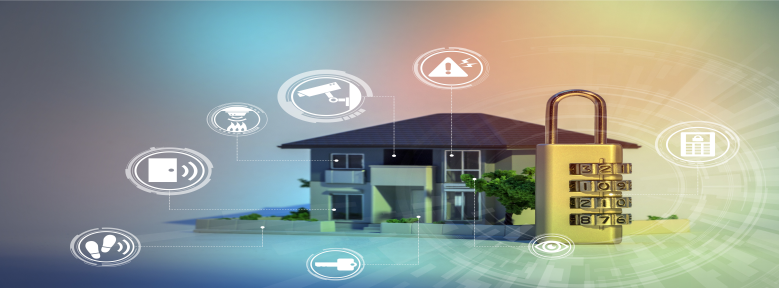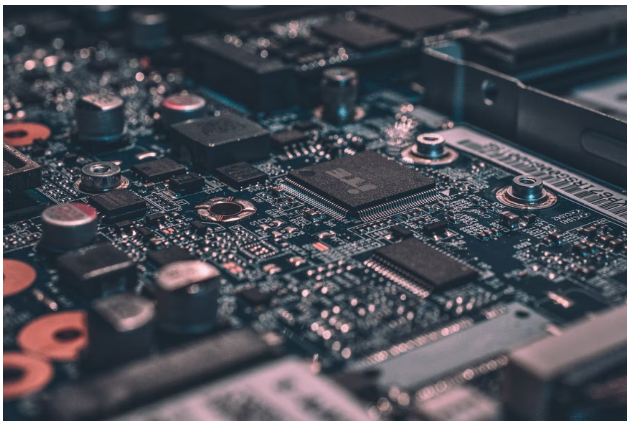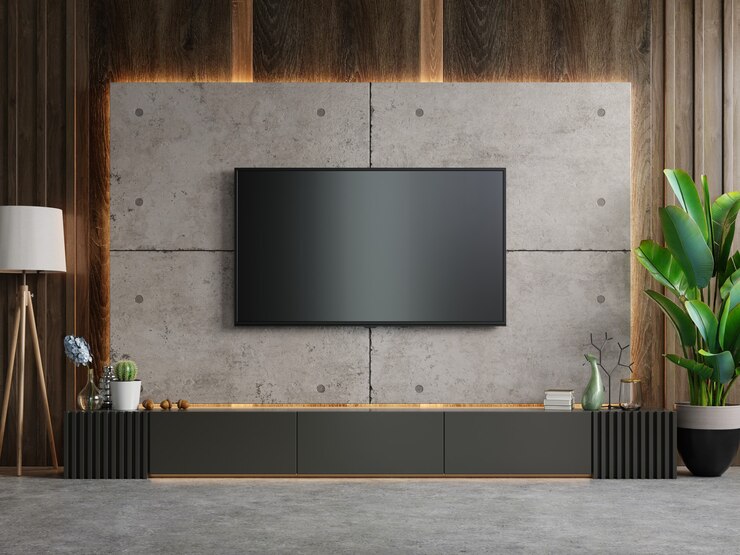Important Tips to Buy Home Security Cameras
Security cameras for your home can be an a valuable addition to your home, ensuring your home, your family members and pets secure and giving you peace of head. In this article we’ll explain the steps to purchase the most suitable home security camera. We’ll go over everything from the definition of an home security camera, to the features you require and what features you should be looking for in a top security camera for your home.
What Is a Home Security Camera?
A security camera for your home is a security camera that allows you to monitor your home from wherever you are by with an internet connection, to transfer video or live footage to your phone or camera.
Security cameras for homes have a variety of distinct characteristics. They include, for instance:
- Communicate either wirelessly over Wi-Fi or using wires
- They are powered through batteries, wires or even a wall outlet
- Can be used indoors or outdoors or both.
- Livestreaming video can be controlled via the smartphone app
- Standard or (more often) high-definition resolution video
- Can zoom in on footage using a digital zoom
- Record continuously, 24 hours a day, or when motion triggers
- They have “night vision” so they are able to see in darkness
- It could also include two-way audio as well as an alarm built-in
- They may also have wide-angle lenses as well as pan/tilt options to extend beyond the normal field of view
Decide What Parts of Your Home You Want to Protect
You must ensure that you have covered every single place that burglars could break into your home, in addition to the principal areas that an intruder will need to pass through. Additionally, decide if you require camera cameras for indoors, outdoors either or both and the best place you’d like them to be. “When you’re installing cameras both indoors and outdoors, make sure they’re high enough that an intruder can’t grab the camera or cover it in some way,”
Choose Your Power Source
Choose if you’d like wireless or wired cameras. Wireless cameras don’t require an electrical source near by however they require wiring back to the central recording device. Therefore, they usually have to be installed by a professional. A majority of wireless cameras require outlets either inside or outside which will mean drilling into your wall to run the power cord. However, it will stop people from unplugging your camera , or cutting it. Certain wireless cameras are powered by a battery that needs to be recharged regularly using an outlet on the wall or solar power if your camera is specifically designed to work with solar power. The primary benefit of using wired cameras is that they allow you to capture continuously to an on-site device, and so you don’t have to pay monthly storage costs for cloud storage or be concerned about hacking. Wireless cameras are easy to install , and some have more advanced features, like the ability to recognize faces, activities zones and more user-friendly mobile applications for remote viewing of footage.
Determine Your Budget
The cost of a single wireless camera vary from $25 to as high as $399. The typical cost for an entire system to cover your home’s needs is between $200 and $2,500, based the size of your property is, as well as the model of camera you select. If you require more than one camera then the initial cost as well as the ongoing costs for video storage could quickly mount up. You can however put these cameras in place yourself in order to reduce the cost of installation. If you choose to go with professional installation, it will start at $100 for each camera. Wireless cameras are typically more affordable upfront, and there aren’t any charges for ongoing storage of video. However, you should expect installing costs of around $200 per camera, usually with a minimum of four cameras.
Pick the Right Features
The main features of a house security camera include motion-activated recording, alerts for smartphones with high resolution, as well as night vision. They will keep your home safe. Other features that could be beneficial include two-way sound with built-in sirens, floodlights, and built-in floodlights as well as a broad field of vision to capture larger areas with less cameras. The most advanced features of software to think about include cameras that differentiate between animals and humans as well as those that track specific zones of activity to eliminate false alarms. Consider whether you require cameras that capture continuously or only whenever something occurs. Continuous recording will ensure you won’t be missing anything, however, it will require lots of Wi-Fi bandwidth as well as video storage.
Looking to buy Home CCTV get one from Hawkvision in Australia to secure your home and office.
Consider Your Privacy
Wireless cameras transmit video over the internet and save the footage on a cloud-based server that means it is accessible to others. To minimize the risk make sure you purchase cameras from reputable companies and who advertise its security features on their cameras. Check for privacy features built into the camera including geofencing (which switches off your camera when you’re at home, and then off when you leave depending on the phone’s position) or an actual shutter on the camera that could be used to block the lens. Also, you should only look at cameras with two-factor authentication (which provides you with an email or text message with an identifier after you enter your username and password) to prevent hackers from gaining access to your account.

What to Look for in a Home Security Camera
Important features to consider when shopping for a home security camera are:
Motion activation: A camera must begin recording as soon as motion is detected. It should then save the video somewhere that can be accessed over a long period of time. This is often known as an event-based recording.
Smartphone Alerts: A great security camera must be able to customize alerts that can be delivered to smartphones or tablet.
Resolution: The better resolution video that cameras record the more detail you’ll be able to be able to. Today’s cameras typically come with hi-definition (HD) footage (1080p or 2 millimeters). Super HD (1440p/4 megapixels or 2K) and ultra HD (8 millimeters also known as 4K) are becoming more popular because they create sharper and more clear images. Full HD will work for most users, but when you need to get a closer look at the face of a person or their license plate, you should look for ultra or super HD, and an 8x , or 12x zoom lens.
Night Vision: Security cameras that are outdoors should feature night vision and the ability to see a wide range. Cameras aren’t able to see as far at night , as they can during the day. The the range of night vision varies between 30 and 300 feet. Find a camera that has night vision with an area of at least 50 feet. Night vision with color is an option with some high-end cameras.
Audio : A built-in microphone lets you to hear and observe what’s happening. A speaker with two-way audio is an excellent upgrade to be able to speak to anyone who is in your home.
Storage: The majority of cameras store their images within the cloud (a remote server linked to your camera using an internet connection). Local storage is an option for some with a microSD memory card that is included in the camera, or on a additional hard drive connected to the camera.
Area of view: The larger the view field, the fewer cameras you’ll be required to install on the entirety of your property. You should look for an area of view that is that is between 180 and 130 degrees.
Design : Your cameras should be designed to be easily spotted by potential burglars. However, they must also appear appealing when they are mounted in the outdoors or indoors.
Private Features: If you’re worried about privacy, search for a geofencing function which will turn the camera off when you’re smartphone is inside and on again when you leave.
Security Features: Two-factor authentication is an essential security feature that can help protect against cyber-attacks. It is a requirement to verify that you are logging into your account using another method for example, an email, phone call or text.
Advanced Features: An inbuilt floodlight or siren can serve as an additional deterrent and the latest software features include the ability to define zones for activity, differentiate individuals from animals, distinguish faces, zoom and pan provide you with greater control over what your camera can see.
Integrations: Smart wireless cameras are able to interact with home automation systems that offer additional options, security and ease of use. When you integrate the Amazon Alexa and Google’s Home ecosystem, for instance, you can make use of voice commands to access security footage using a smart speaker equipped with an LCD or compatible television. Certain security cameras are also compatible with smart locks, allowing safe deliveries to your home. Cameras that support Apple Home Kit will let you browse them using the Home app on Apple’s website and store the footage you record by using Home Kit Secure Video which is a great option for people who are worried about privacy.




